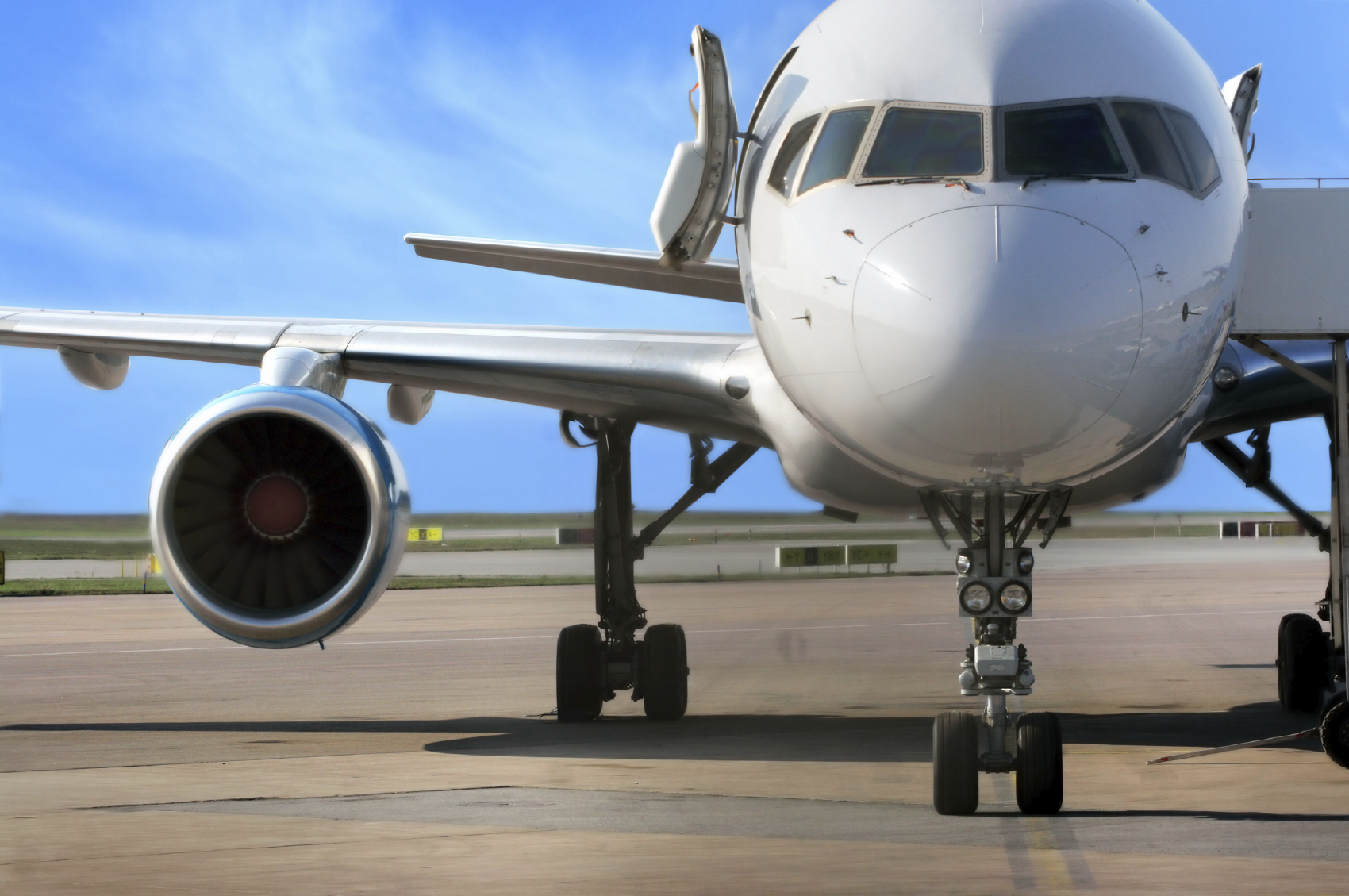Melanoma makes up less than 2% of all skin cancer cases. But it’s the most dangerous kind you can get. According to the National Cancer Institute, nearly 10,000 people will die from it this year. They estimate over 76,000 new diagnoses in 2014 alone. And a recent study reveals your occupation—even your travel habits—may be doubling your risk.
A team of researchers from Austria, California, Italy, and Maryland looked at health data from airline workers. Their goal was to determine if these workers were more likely to develop this disease.
They found pilots and cabin crew were twice as likely to develop melanoma as the general population. In fact, pilots were 83% more likely to die from this cancer than the average person. Cabin crewmembers were also at greater risk of dying from melanoma—40% higher—than people outside the industry.1
But they aren’t the only ones at risk.
Frequent flyers may also be at risk. People who fly several times a month for business. Or travel the world during retirement. If this describes you, your melanoma risk could be increasing with each flight. But there may be a simple way to help avoid this…
Experts say the risk isn’t the result of cosmic radiation.2 It’s exposure to ultraviolet (UV) rays. This is the radiation you get from sunlight. When your flight reaches 30,000 feet, UV exposure doubles.3 But it’s not the sunlight causing your melanoma risk to rise… It’s the industry’s “safety” practices.
We’ve told you before that spending time in the sun lowers your melanoma risk. The key is to avoid burning. But Federal Aviation Administration reports show plane windows block about 40% of UVA rays. They keep out almost 100% of UVB rays. The problem is you need UVB rays to protect against melanoma.
These rays provide your body with natural vitamin D3.4 That’s the active form. It comes with the most health benefits. Without these rays, you risk being deficient in this critical vitamin.
Multiple studies show it wipes out melanoma cells. People with short, regular sun exposure are less likely to ever face the disease. In other words, avoiding these rays only puts your health at risk.
You don’t have to be a pilot—or a world traveler—to want to protect your skin from melanoma. The easiest way to start is to spend more time in the sun without burning. This helps boost your body’s natural production of vitamin D3—and lower melanoma risk.
Another way to lower melanoma risk is to eat foods that are rich in this vitamin. Wild-caught salmon and organic mushrooms are a great start. If you can find them, farm-fresh eggs are another good source. Just make sure they’re coming from pastured or free-roaming chickens. And don’t skip the yolks.
You can also take a natural vitamin D3 supplement. Look for one that comes from whole food sources. Aim for about 5,000 IUs a day. You can find them in most health stores and online.
Following these steps will help lower your risk for melanoma. It will also help offset the harmful effects of air travel on your skin. But they aren’t your only solutions… Our research has pointed us to numerous success stories from other natural treatments.
For example, Carol R., a retired schoolteacher. Carol’s breast cancer diagnosis came in 2009. Mainstream treatments scared her. So she went to a specialized health facility in Wichita, Kansas for this therapy.
Now she says, “Not only is the cancer gone from the inside, everything has improved…head to toe…skin, nails, hair, teeth, eyes…everything. I feel stronger than I did 20 years ago—which is amazing because I thought I was healthy then!”
For details on Carol’s treatment—and access to our Impermeable Immunity Protocol for travel-proof health—go HERE.
Like this Article? Forward this article here or Share on Facebook.
References:
1http://archderm.jamanetwork.com/article.aspx?articleid=1899248
2http://www.npr.org/blogs/health/2013/11/14/245183244/cosmic-rays-sound-scary-but-radiation-risk-on-a-flight-is-small
3http://www.foxnews.com/health/2014/09/04/pilots-and-cabin-crew-have-twice-risk-melanoma/?cmpid=NL_health
4http://www.vitamindcouncil.org/about-vitamin-d/how-do-i-get-the-vitamin-d-my-body-needs/

